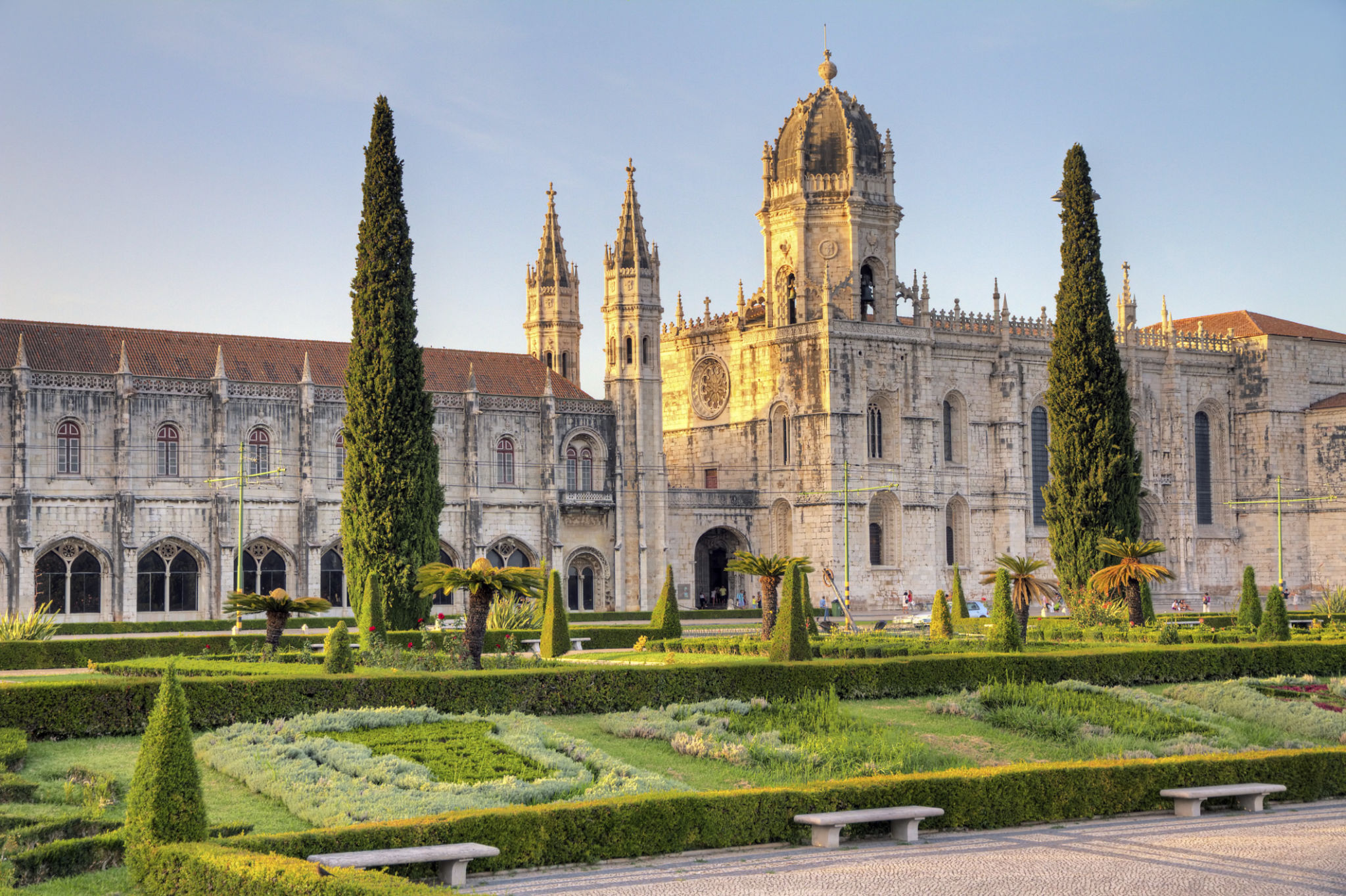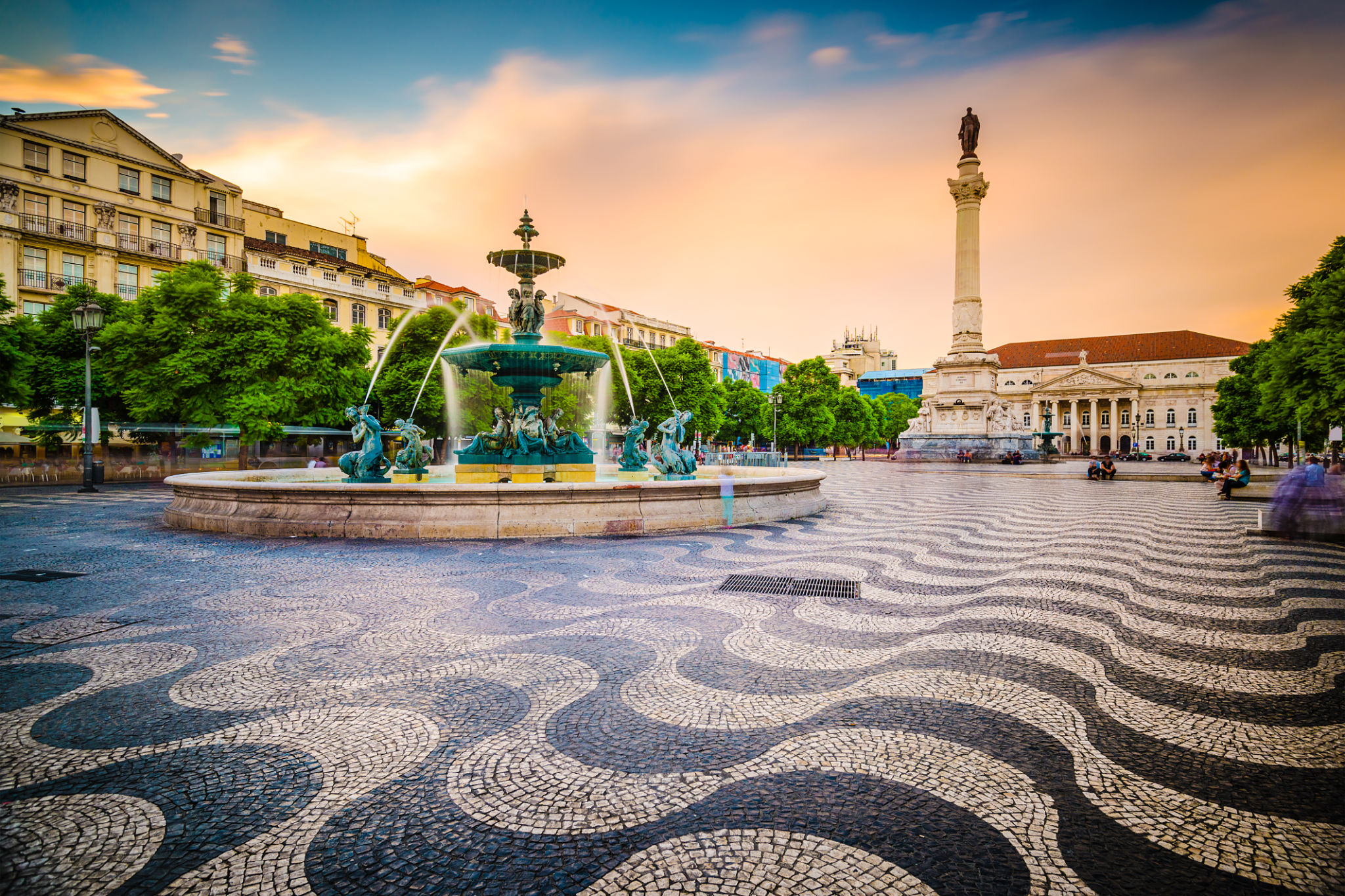Exploring the Rich History of Architectural Styles in Lisboa
The Timeless Allure of Lisboa’s Architecture
Nestled along the banks of the Tagus River, the picturesque city of Lisboa boasts a rich tapestry of architectural styles that narrate a captivating history. From Gothic cathedrals to modernist marvels, Lisbon’s architecture tells a story of resilience and artistic evolution. As you wander through its charming streets, you’ll discover an enchanting blend of influences that make Lisboa a unique architectural gem.

Gothic Grandeur: The Legacy of the Middle Ages
The Gothic style, characterized by pointed arches and ribbed vaults, made its mark on Lisboa during the Middle Ages. The iconic Lisbon Cathedral, also known as Sé de Lisboa, stands as a testament to this era. Constructed in the 12th century, it is one of the oldest buildings in the city and offers a glimpse into Lisboa’s medieval past. Its imposing structure and intricate details draw visitors from around the world, eager to explore its hallowed halls.
Another remarkable example of Gothic architecture is the Convento do Carmo. Though partially destroyed in the earthquake of 1755, its ruins still evoke a sense of awe and wonder. The open-air nave and surviving arches provide a hauntingly beautiful reminder of the city’s resilience in the face of natural disasters.

Manueline Masterpieces: A Nautical Influence
As the Age of Discovery dawned, Lisboa saw the rise of the Manueline style, an ornate form of late Gothic architecture unique to Portugal. This style incorporates maritime elements, reflecting the nation’s seafaring prowess during this period. The Jerónimos Monastery is perhaps the most celebrated example, with its intricate stonework and nautical motifs capturing the essence of Portugal’s golden age.
The Torre de Belém, another Manueline masterpiece, stands proudly on the banks of the Tagus River. Originally built as a fortress to guard against invaders, it is now a UNESCO World Heritage Site, embodying the opulence and grandeur of this distinctive architectural style.

Pombaline Perfection: Rebirth from Ruins
The devastating earthquake of 1755 necessitated a complete reconstruction of downtown Lisboa. This led to the development of the Pombaline style, named after the Marquis of Pombal who oversaw the city’s rebuilding. Characterized by its emphasis on safety and functionality, Pombaline architecture introduced innovative features like anti-seismic designs into urban planning.
Today, the grid-like streets of Baixa district exemplify this style, with elegant buildings adorned in pastel hues lining bustling avenues. The area remains a vibrant testament to Lisboa’s ability to rise from the ashes, showcasing a harmonious blend of practicality and elegance.

Modern Marvels: A Contemporary Twist
While Lisboa is steeped in history, it also embraces modernity with open arms. The Parque das Nações area, developed for Expo 98, showcases contemporary architectural achievements with structures like the Vasco da Gama Tower and Pavilion of Portugal. This district represents Lisboa’s forward-thinking spirit and commitment to innovation.
In recent years, renowned architects have brought their visions to life in Lisboa, resulting in a captivating mix of old and new. The Museum of Art, Architecture and Technology (MAAT), with its striking curvilinear design, is a prime example of how contemporary architecture complements the city’s historical landscape.

Conclusion: A Journey Through Time
Exploring Lisboa’s architectural styles is akin to embarking on a journey through time. Each building tells a story, weaving together tales of conquest, tragedy, and triumph. Whether you’re marveling at Gothic cathedrals or admiring modern marvels, Lisboa’s architecture offers a profound insight into its rich cultural heritage.
As you stroll through its vibrant neighborhoods, the city invites you to uncover its secrets and appreciate the artistry that defines its skyline. From ancient fortresses to contemporary icons, Lisboa’s architectural wonders continue to captivate and inspire those who venture into its historic embrace.
